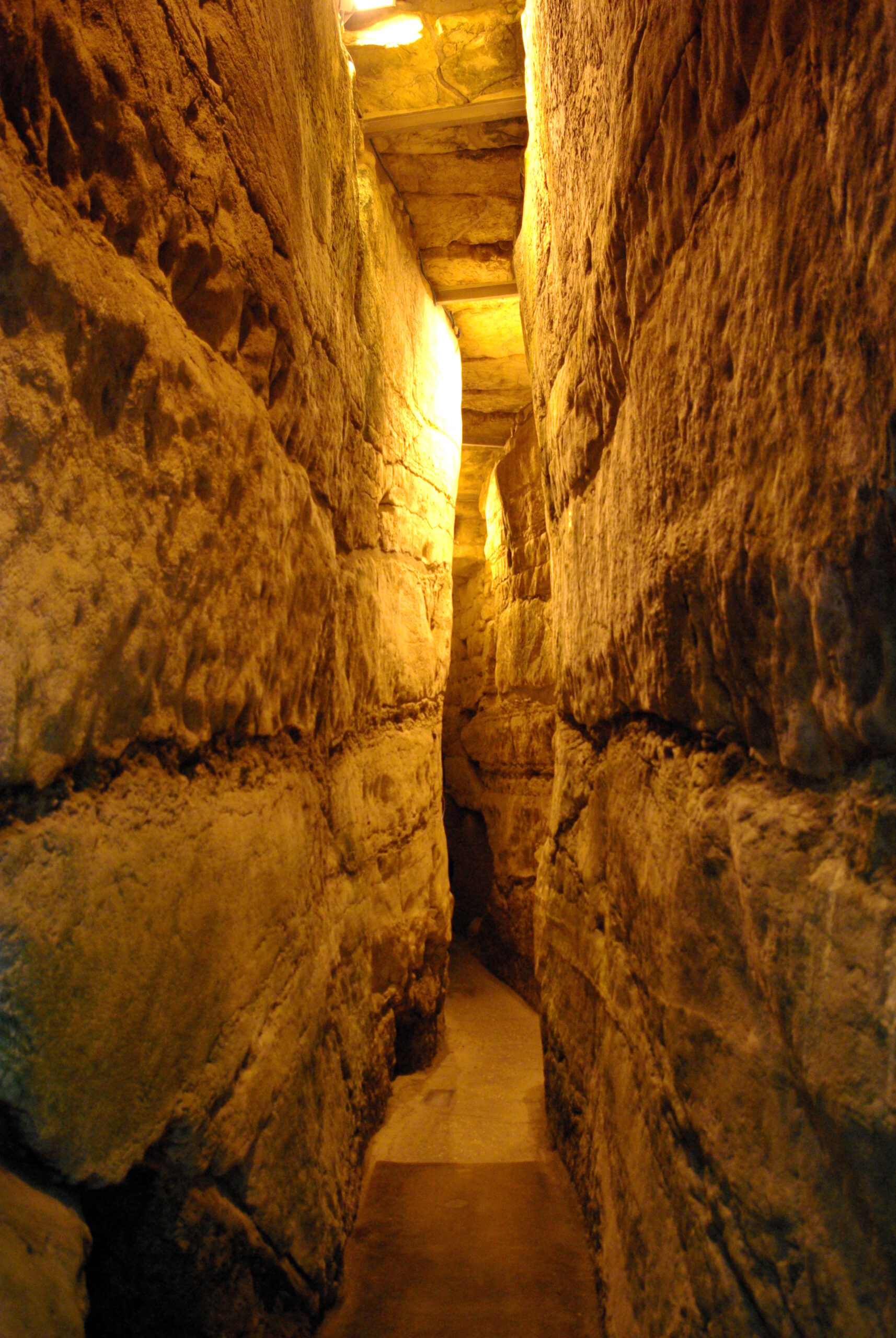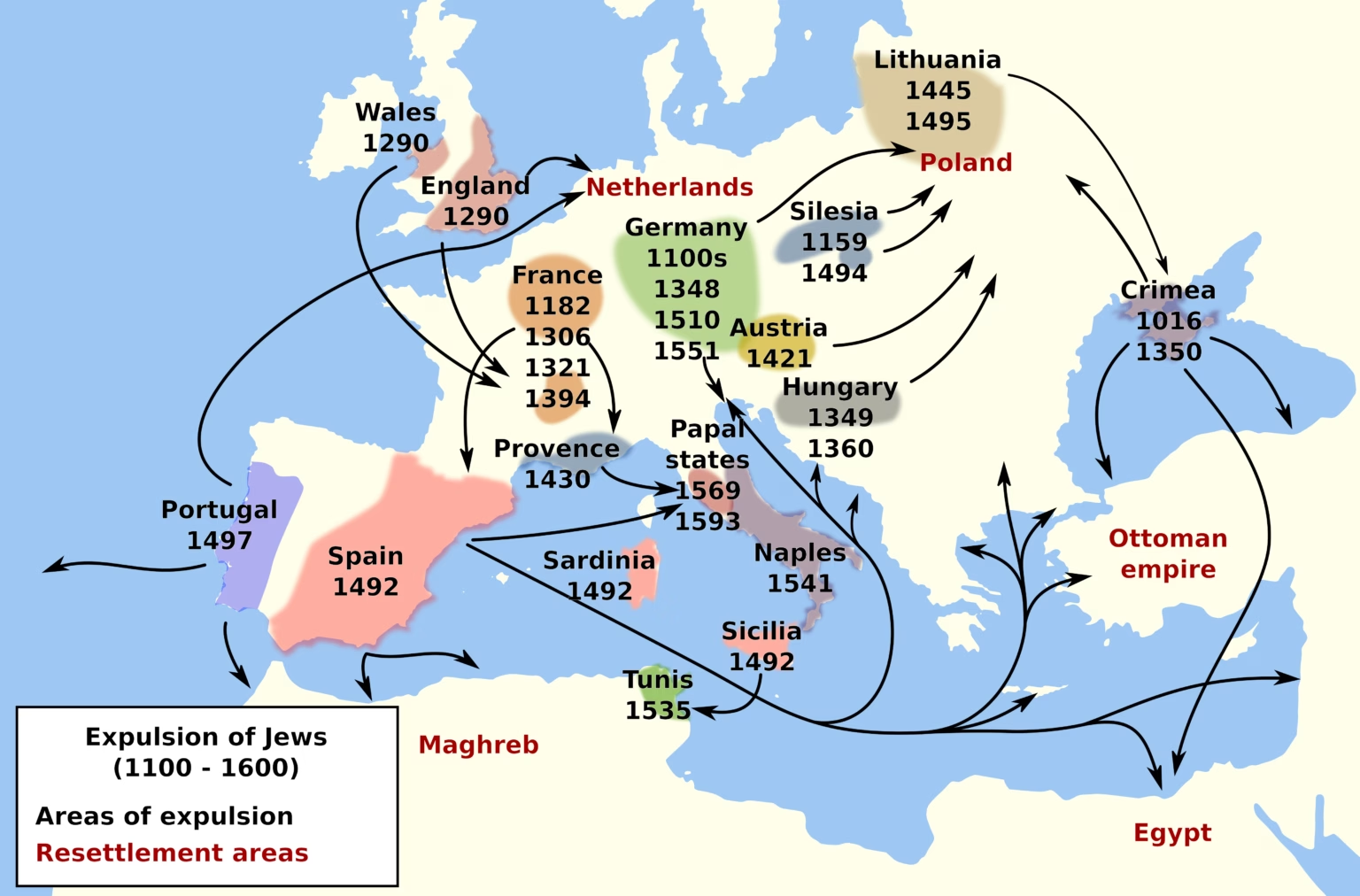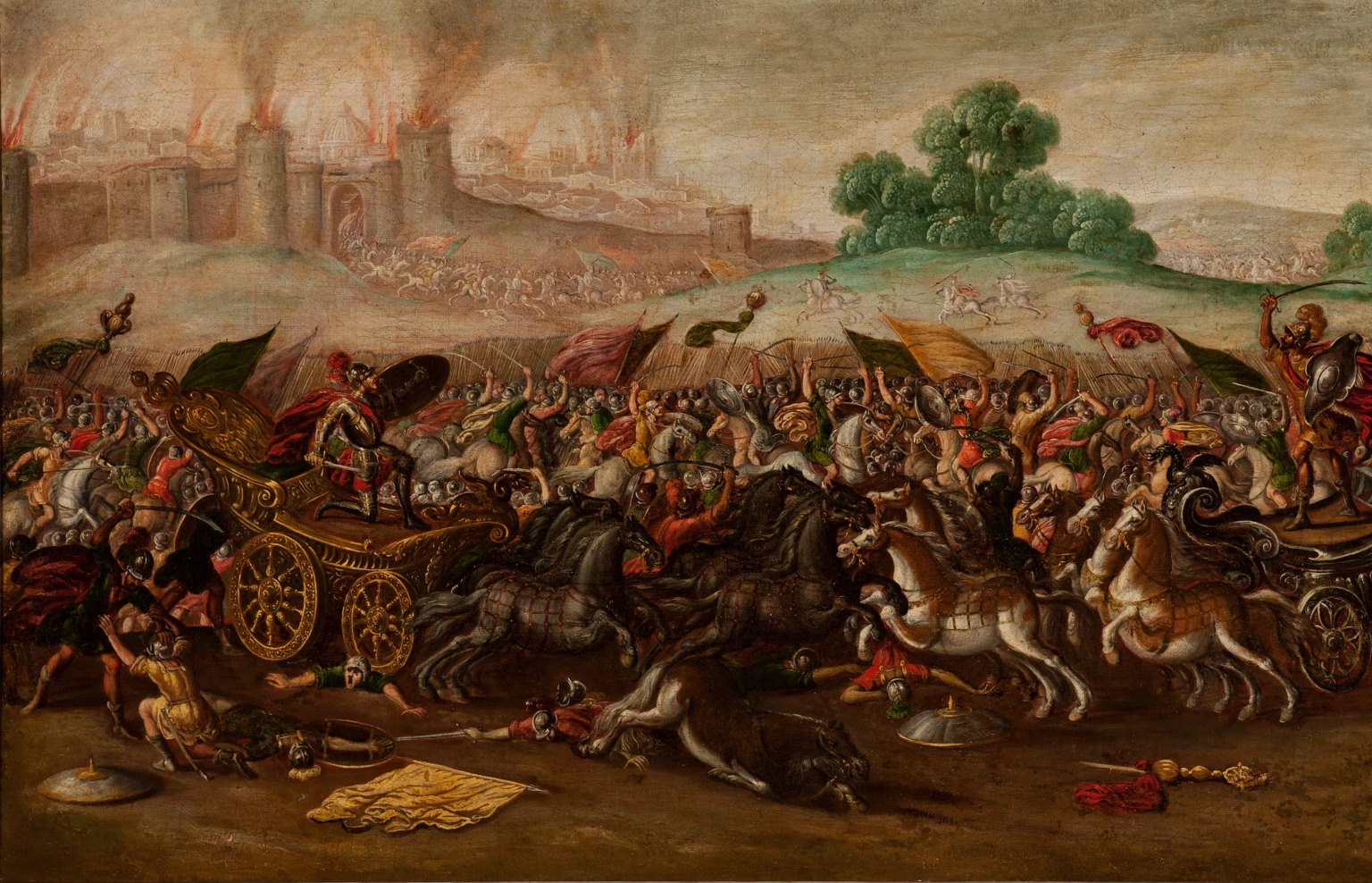The tunnels at the Western Wall
Visiting the tunnels under the Western Wall in Jerusalem you pass through several civilizations and see the huge stones that Herod the Great used to build the Second Temple.

Photo: Berthold Werner
Visitors to the tunnels along the Western Wall can see layers of huge stones from the days of Herod the Great.
The Western Wall at the Temple Mount in Jerusalem is one of the most striking pieces of evidence from the days of the Second Temple. The western wall is almost half a kilometer long, but only 70 meters of it is visible today. The wall was originally 60 meters high, but today the highest point of the visible part is 40 meters above the bedrock of Jerusalem’s eastern hill – known as Mount Moriah.
The prayer site at the Western Wall officially functions as a synagogue. The part of the Western Wall that is visible at the prayer site consists of 46 layers of stone. 29 of these layers are visible above ground and contain stones from later time periods. The remaining 17 layers are underground. At the prayer site, the wall reaches a height of 19 meters, while the original height of this section is estimated to be around 32 meters.
Until the Six Day War in 1967, when Jerusalem was liberated, the Western Wall was not a place of prayer. There was only one narrow alley in the Muslim Mughrabi quarter, which was 28 meters long and only 3.6 meters wide. After the reunification of Jerusalem, the area was expanded.
The Western Wall was originally built of 45 layers of stone, of which 28 are above ground and 17 rows are underground. The upper half of the Western Wall’s stone layer that rises above the prayer site is from Muslim restoration. The others are mostly 2,000 year old original stones.
One of four supporting walls
Remains of four old gates can be found along the Western Wall. Some of these are named after scientists from the 19th century, such as Robinson’s Arch (found in 1838), Barclay’s Gate (found in 1854), the gate above Wilson’s Arch and Warren’s Gate. Barclay’s Gate and Warren’s Gate led into tunnels that led under the Temple Mount up to the level of the Temple.
The Western Wall is one of the four supporting walls of the Temple Mount that remained intact after Jerusalem and the Second Temple were destroyed by the Romans. The wall facing west is the one closest to the place of the ‘holy of holies’, the holiest place in the temple for the Jewish people.
During the time of the Second Temple, a trade street ran next to the wall, with shops offering goods to the many pilgrims who visited Jerusalem and the Temple three times a year.
During the excavations 1968-1978, the southern part of the street was discovered under a pile of large crushed stones that the Roman soldiers had torn down from the top of the Temple Mount. These stones had caused damage to the street that can be seen today.
Layers of huge rocks
Those who go into the tunnels along the Western Wall can see layers of huge stones from the days of Herod the Great. The stones of the Western Wall are the largest building stones found in Israel. The largest is 13.55 meters long, between 2.0 and 4.6 meters wide and 3.3 meters high. Its weight is estimated at several hundred tons.
Today there are six entrance gates at the Western Wall leading to the Temple Mount. These were built between the early Muslim period and the Ottoman period.
The Western Wall Tunnel follows the wall from the current prayer site to the wall’s northern end. Most of it goes under buildings in the Muslim quarters of the Old City of Jerusalem. The outdoor part of the Western Wall is about 60 meters long, while most of the original length of 488 meters is visible only underground. The tunnel is connected to several adjacent excavated underground spaces, many of which can be visited along the main tunnel.
In the year 19 BC King Herod undertook a project to double the area of the Temple Mount in Jerusalem by incorporating part of the hill in the northwest. To carry out this project, four retaining walls were built. The Temple Square plateau was then extended on top of these. The retaining walls and platform remained standing even after the temple was destroyed by the Romans in AD 70.
Since then, a large part of the area next to the walls has been built up. British researchers began excavating the Western Wall in the mid-1800s. After the Six-Day War, Israel began excavations that lasted almost twenty years and revealed many archaeological finds, such as streets, arches and masonry. “The Western Wall Heritage Foundation” (thekotel.org) is a government agency established in 1988 to develop and preserve the Western Wall and its tunnels.


